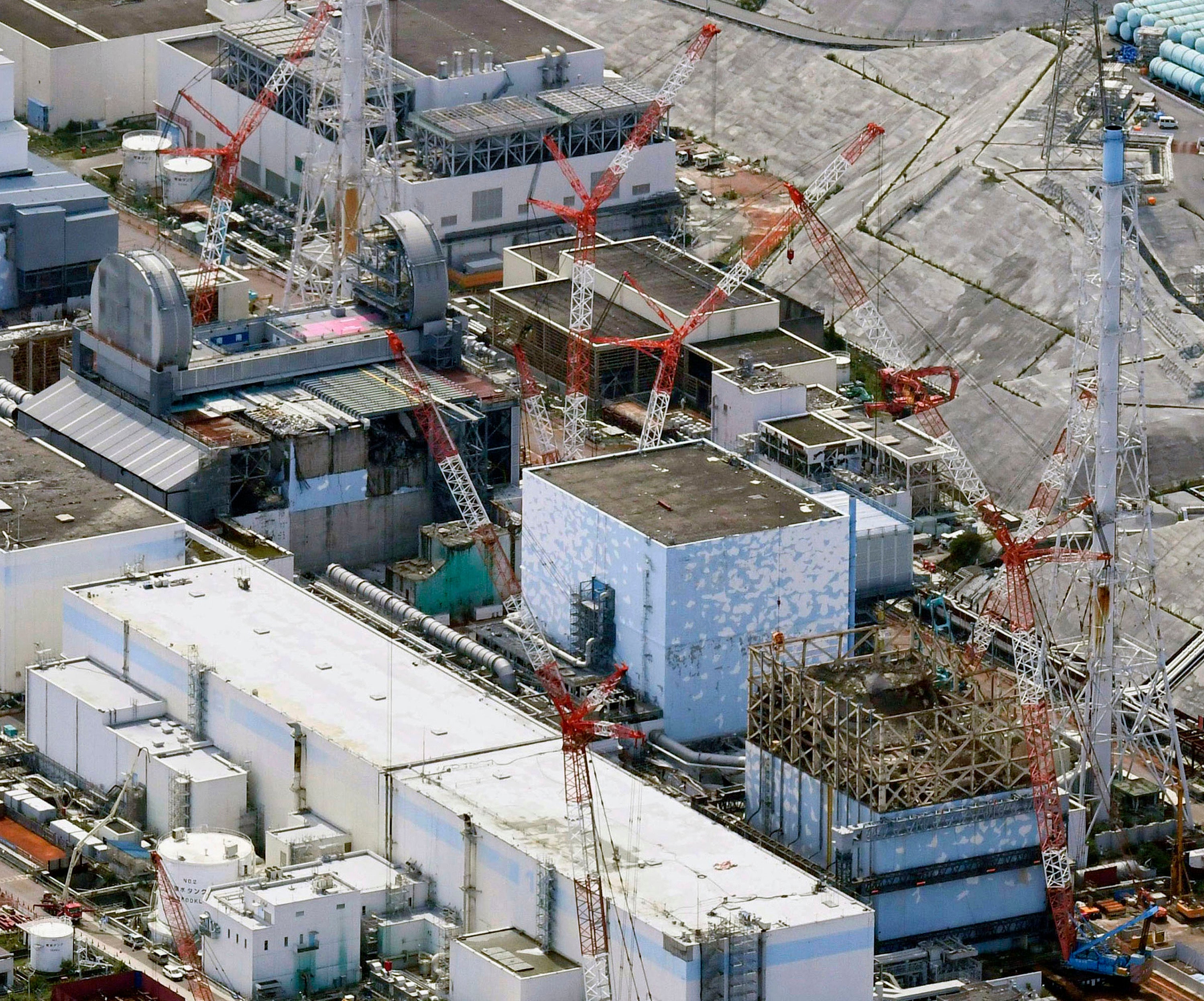Water leaks indicate new damage at Fukushima nuclear plant
The operator of the wrecked Fukushima nuclear plant says cooling water levels have fallen in two of its reactors since a powerful earthquake hit the area last weekend, indicating possible additional damage

Your support helps us to tell the story
From reproductive rights to climate change to Big Tech, The Independent is on the ground when the story is developing. Whether it's investigating the financials of Elon Musk's pro-Trump PAC or producing our latest documentary, 'The A Word', which shines a light on the American women fighting for reproductive rights, we know how important it is to parse out the facts from the messaging.
At such a critical moment in US history, we need reporters on the ground. Your donation allows us to keep sending journalists to speak to both sides of the story.
The Independent is trusted by Americans across the entire political spectrum. And unlike many other quality news outlets, we choose not to lock Americans out of our reporting and analysis with paywalls. We believe quality journalism should be available to everyone, paid for by those who can afford it.
Your support makes all the difference.Cooling water levels have fallen in two reactors at the wrecked Fukushima nuclear plant since a powerful earthquake hit the area last weekend, indicating possible additional damage, its operator said Friday.
New damage could further complicate the plant’s already difficult decommissioning process, which is expected to take decades.
Tokyo Electric Power Co. spokesman Keisuke Matsuo said the drop in water levels in the Unit 1 and 3 reactors indicates that the existing damage to their primary containment chambers was worsened by Saturday's magnitude 7.3 quake, allowing more water to leak.
The leaked water is believed to have remained inside the reactor buildings and there is no sign of any outside impact, he said.
In 2011, a powerful magnitude 9.1 earthquake and tsunami damaged the Fukushima plant s cooling systems, causing three reactor cores to melt and nuclear fuel to fall to the bottom of their primary containment vessels.
TEPCO will monitor the water and temperatures at the bottom of the containment vessels, Matsuo said.
Since the 2011 disaster, cooling water has been escaping constantly from the damaged primary containment vessels into the basements of the reactor buildings. To make up for the loss, additional cooling water has been pumped into the reactors to cool the melted fuel remaining inside them. The recent decline in the water levels indicates that more water than before is leaking out, TEPCO said.
More than 180 people received mostly minor injuries from Saturday's earthquake, according to the Fire and Disaster Management Agency. The quake also triggered landslides, damaged homes and a high-speed train line, and caused widespread power and water supply disruptions.
TEPCO initially reported that there was no abnormality at the plant from Saturday's quake.
Matsuo said the cooling water level fell as much as 70 centimeters (27 inches) in the primary containment chamber of the Unit 1 reactor and about 30 centimeters (11 inches) in Unit 3. TEPCO wasn't able to determine any decline in Unit 2 because indicators have been taken out to prepare for the removal of melted debris, it said.
Increased leakage could require more cooling water to be pumped into the reactors, which would result in more contaminated water that is treated and stored in huge tanks at the plant. TEPCO says its storage capacity of 1.37 million tons will be full next summer. A government panel's recommendation that it be gradually released into the sea has faced fierce opposition from local residents and a decision is still pending.